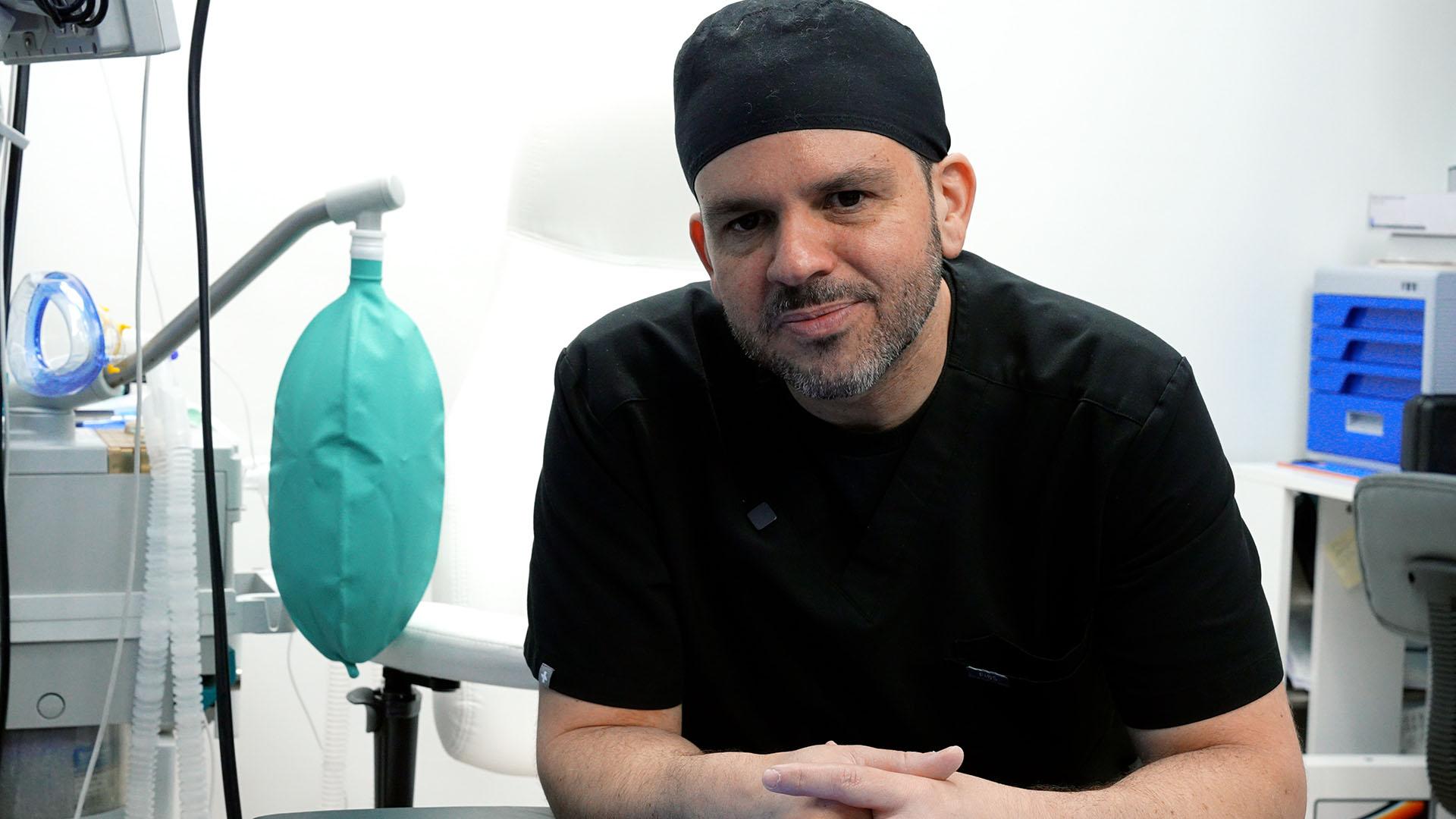If you didn’t check out my last blog about general anesthesia and the process of administering it, please do, but piggybacking on that, I believe it’s also really important to address some of the specific fears people have before they are put to sleep. As a highly experienced plastic surgeon in Miami, I understand the specific fears and concerns individuals have before undergoing plastic surgery procedures such as BBL, tummy tuck, breast surgeries, and liposuction. With advanced technology and the expertise of our CRNA Frankie Lima, we prioritize patient safety and strive to achieve optimal results, alleviating worries about potential risks.
Awareness Under Anesthesia
Even though Hollywood portrays awareness under anesthesia as very common, it’s actually a rare occurrence. Even during procedures where it is more common, such as cardiac, major trauma, or emergency c-section, it still has an occurrence of only 0.1 percent.
We use many monitors to ensure that you are in a deep sleep and that you’re completely unconscious throughout the whole time. You will not be awake during general anesthesia.
Nausea/Vomiting
The best approach to reduce post-operative nausea and vomiting is to try to use a multi-modal approach for medicines that will block different receptors in your brain, that’s why we give medications throughout the procedure and keep you hydrated throughout the procedure. If you feel ill or nervous once you’ve awoken, we can give you more medicine.
However, if you know that you’re particularly sensitive to anesthesia, there are a few things you can do to prepare:
- Be cognizant of your meals before surgery
- Adequately hydrate before midnight.
- Consult your primary care doctor about getting a scopolamine transdermal patch
Procedures that involve laparoscopes and/or insufflation will also increase your chances of nausea. During any of my procedures, every patient gets Zofran and Decadron (a steroid) because study after study shows that these two drugs working in tandem help reduce post-anesthesia nausea and vomiting.
If you do get a scopolamine transdermal patch from your doctor, you’ll want to put it behind your ear the night before your procedure. It will cause mild sedation, and you’ll need to let you’re your doctor and anesthesiologist know so that minor adjustments to your dosing can be made.
Food and Drink
Have you ever wondered why you can eat or drink after midnight before a procedure?
When anesthesia is induced, it relaxes your muscles and diminishes your reflexes. If there is any food or any substance left in your stomach when you’re given the medicine, because of the relaxed muscles and reflexes, you can aspirate. Aspiration is a very serious situation and can lead to death.
Do not eat or drink after midnight. Period.
IV Needle
Some people are fearful of when the IV is administered, but rest assured, we use a very small needle just to puncture the skin, and after that we use a small, plastic catheter under the skin. You’ll feel a slight pinch, but nothing overly painful, and you’ll be able to move and bend your arm normally while it’s in.
Temperature Variation
Feeling cold or shivering in the recovery room isn’t uncommon during recovery. It’s partially because the operating room is very cold, and you’re exposed during the whole procedure, and the second is because of the anesthesia. Anesthesia inhibits the thermal regulation in your brain, and as you’re waking up during recovery, your body is trying to reset that temperature.
To help with this, we usually place two or three blankets over you and use a forced-air warming device. Secondly, we use a warming mat in the operating room.
Sore throat
A sore throat is very common after the procedure because of the endotracheal tube placed in your mouth during the procedure. There’s a 50/50 chance that you’ll have a sore throat, but it will usually disappear within a few hours.
To help with a possible sore throat, we recommend getting some lozenges are your local supermarket to have on hand just in case.
Nails
We recommend keeping one fingernail short and free from nail polish when you come in for your procedure. Long nails can obscure a good reading of your oxygen saturation during the procedure.
Hair
People with long hair usually pull their hair to the back of their head, making positioning the head difficult. The best tactic is to create a bun on top of your head.
Medication
You must take all the prescribed medication on the day of surgery. You can do that with just a small sip of water.
Lashes
Artificial eyelashes are very common nowadays. I have to seal your eyes with tape to ensure there are no abrasions or damage to your cornea during the procedure. Sometimes, the lashes will be removed when we remove the tape at the end of the surgery. Please do not wear artificial lashes on the day of your surgery.





